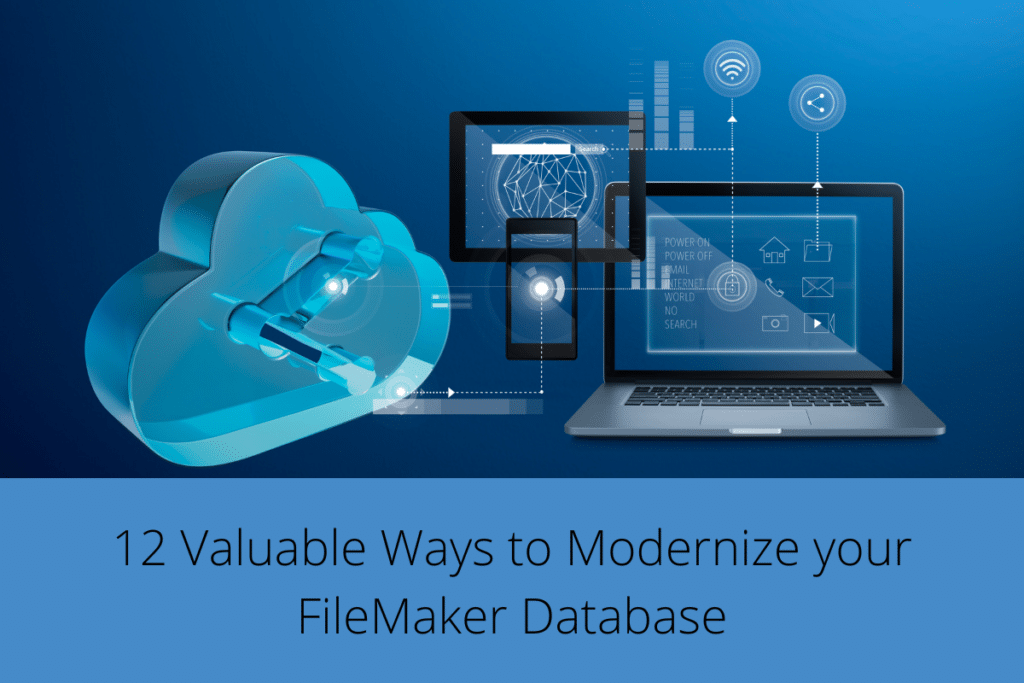When I meet people and tell them I build custom apps in FileMaker, the number of people who recall the platform from years and years ago with a nostalgic smile is impressive. Who could have predicted in 1985, when the original FileMaker application was released, what its lifecycle would look like today?
Perhaps the loyalty FileMaker users have toward the platform is an important reason Claris FileMaker has thrived for so long. Along with PowerPoint and Microsoft Word, FileMaker stands with some of the few software applications nearing 40 years old. It has become a software platform that has stood the test of time.
Of course, FileMaker Pro being around for so long leads to the revelation that there are a large number of custom databases out there that have also ripened with age. Does this sound like you?
The problems with a legacy system
Working with a legacy application means you may be limited by several issues. Inefficiencies and outdated processes within your application can slow down staff and cause irritation and wasted time. Beyond the effect on a team, working in a legacy database can negatively impact client relationships as connections can grow stale or be unable to shift to the more interconnected pattern of conversations that are becoming the norm.
In today’s age, your FileMaker Pro database management system is no longer a stand-alone solution. It needs to become the hub to connect your existing business applications and integrate them with custom solutions in the cloud.

The advantages of a legacy system
The beauty of a FileMaker application is that although it may be 30 years old or older, it does not have to be abandoned.
Claris FileMaker has steadily and purposely grown over time, always prioritizing the need to keep legacy solutions up to date with the current business and technology trends.
With each subsequent release, the number of tools continues to expand. Since rebranding to Claris International in 2019, the Claris product line has taken even more significant steps forward to a modern feature set.
FileMaker Pro has always been a robust application. Some of the legacy solutions we work with have hundreds of users and file sizes reaching many gigabytes. If this sounds like you, know that you are not alone and are likely not stretching FileMaker Pro capabilities to their fullest.
How to help your FileMaker Pro database
We developed a short list of valuable techniques and tools that can be used to modernize any FileMaker solution. Most of the below features rely on FileMaker 19 or above. Staying current with FileMaker licensing (now FileMaker 19.6.1) is always advisable so that you have access to the latest features.
For tips on where to start when implementing new features into your custom solution, see our article series on Digital Transformation, especially Part 4, where you can download a free FileMaker file to guide you through the process.
Are you ready to keep your system relevant and intuitive and keep the relationship with your staff and clients strong?
Start using add-ons
In 2020, Claris launched several game-changing features. One particular feature is add-ons, which open doors to quickly add modernized elements to a solution. Add-ons are prebuilt modules, like KanBan boards, image galleries, or simple calendars, that can be installed in any FileMaker solution with minimal effort and be further customized to fit your solution.
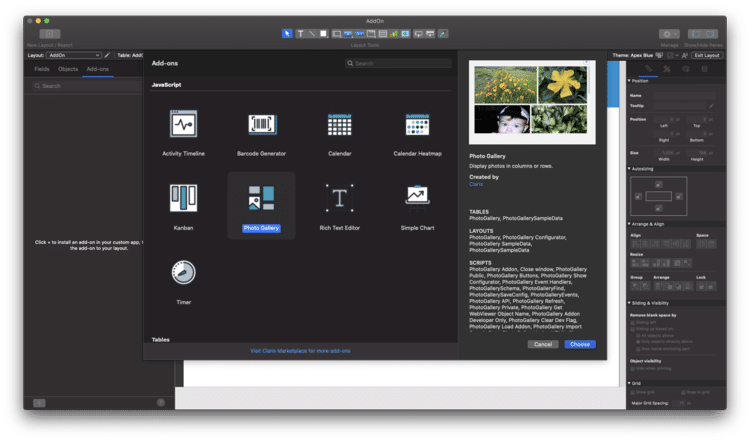
Beyond the built-in add-ons, the Claris marketplace provides a list of others, whether free or for purchase. Add-ons genuinely define what it means for FileMaker to be a low-code platform. These pre-developed sets of code allow FileMaker developers to install a helpful feature into a FileMaker solution without having to rewrite it from scratch.
Text and chat with customers
Another feature that has gained popularity is the ability for businesses to communicate via SMS or text messaging. You can now integrate text messaging with your FileMaker solution. Two-way messaging in real-time and an interface to track all chat history can be added. This is a relatively simple solution, with big impact in terms of responsiveness and connection, using a Twilio subscription and Claris Connect.
Sync web-based forms
Most companies today want a way to provide web forms or surveys to their customers. We have numerous ways to accomplish this ability in FileMaker. Claris Connect allows us to use third-party web forms, such as TypeForm, SurveyMonkey, and WooCommerce.
WebDirect is also another option for creating web-based forms. And as of this year, Claris has realized a new web-based product called Claris Studio, which provides a seamless way of creating public-facing webforms and syncing that data into your database.
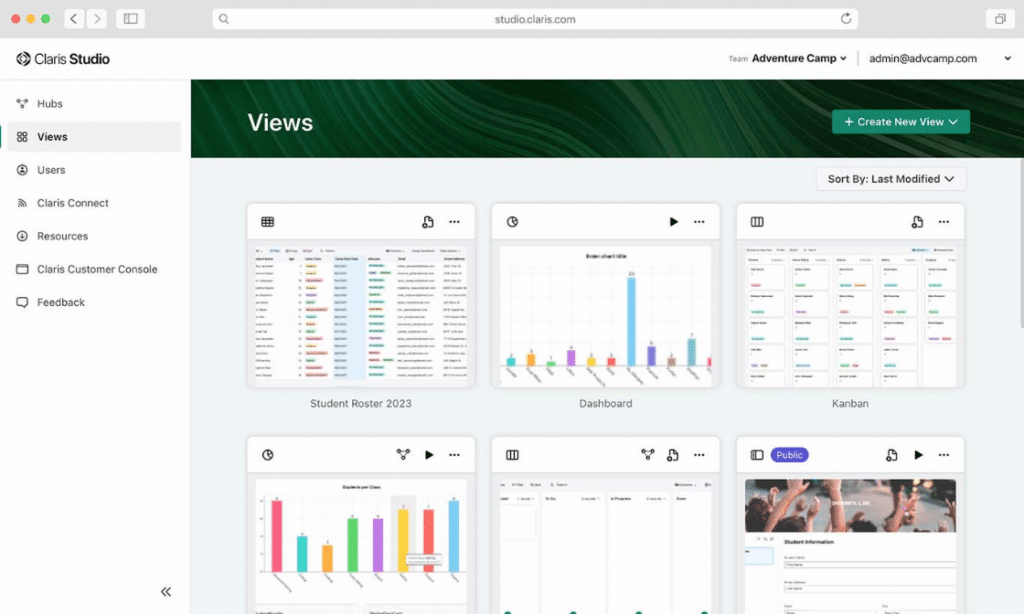
Give each user their own workflow
In larger companies, various users often access the database, each with different roles and permissions. We can develop workflows specific to each user’s role.
For example, you may want salespeople to see a list of open leads upon opening their FileMaker CRM, while administrators should see dashboards and reports upon login. Creating user stories is the best starting point to define how each flow should work.

Send and receive emails
Email is another central tool for every business. If you create customer-facing documents from your FileMaker solution, the ability to email directly from FileMaker can be a game-changer.
Emailing reports to contacts or groups of contacts, as well as syncing emails received in your FileMaker solution, is now possible with the help of Claris Connect or API integrations.
There are lots of options for email to help modernize your application. Attachments can be handled (PDF or Excel documents for example) and rich text can be used to style your emails in a readable and attractive way. Automation can be implemented so that emails are sent out at specific times or upon certain criteria.
Address under-the-hood improvements
Addressing under-the-hood technology, such as the relationship graph, may not be as catchy or visible an improvement, but it is still an essential part of any modernization plan. Although multiple tables in a single file have been available in FileMaker since 2004 (FileMaker 7.0), legacy solutions often have complex (or should we say jumbled!) relationship graphs due to a series of different developers making adjustments over the years.
Simplifying these relationships makes ongoing work on the database tremendously easier, prevents time on fix-it work that can be used for future development instead, and improves performance – all of which make for happier, more efficient staff who can then better connect with your clients. Developer tools allow us to inspect and simplify elements under-the-hood to keep your FileMaker Pro application updated and well-oiled.
Analyze cloud services
Another essential part of a modern application is considering the cloud services that may be appropriate for your organization. FileMaker Cloud can be a valuable option for anyone looking to have Claris host their application rather than managing their own server.
Portage Bay Solutions also provides hosting and server management services.
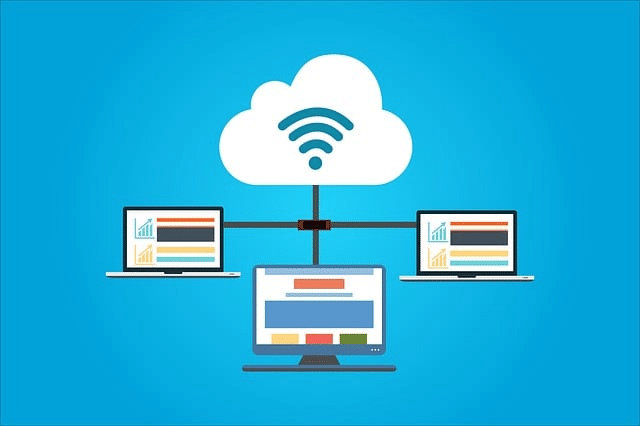
The array of cloud services from providers like Google, Amazon, and Microsoft is staggering – translation, OCR, storage, machine learning, queuing, and so many more. There are endless possibilities, more in reach than ever. We can help you settle on the right ones for your company.
Build mobile apps
Custom mobile apps can be a great way to get your data literally in the hands of your users, and they can provide a way to share information smoothly and smartly with others. FileMaker Go has evolved over the years, giving us features such as signature capture, image capture, and Siri shortcuts. The ability to build iOS-based FileMaker apps that sync with or display data directly from your hosted FileMaker solution is definitely within reach these days.
We can also build apps for the iPhone or iPad with the iOS app SDK. These apps can be deployed via the iOS App Store, Apple Business Manager, or Apple Enterprise. LiveCode for FM allows us to create an Android app, and FileMaker WebDirect with a mobile user interface can make for extremely rapid mobile app deployment.
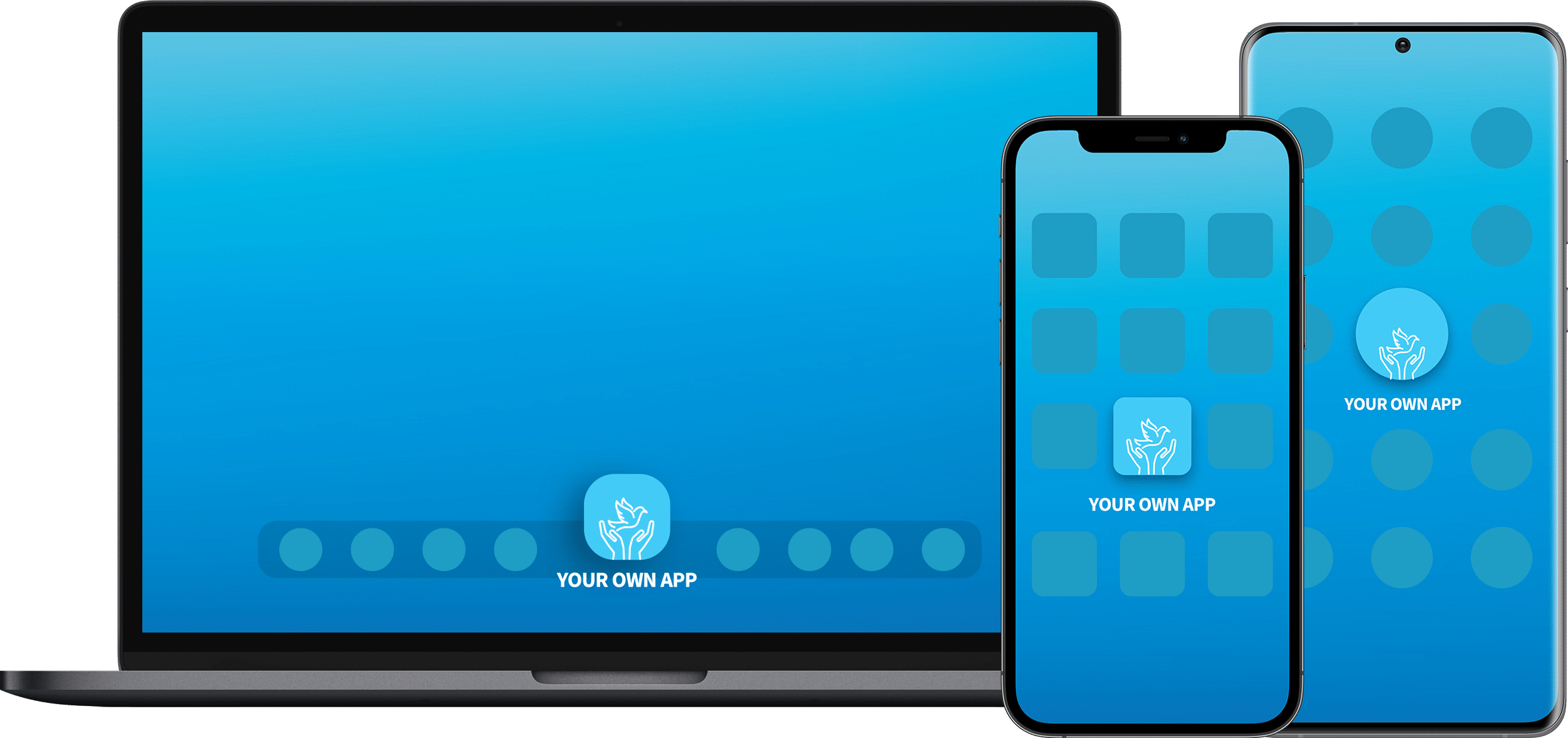
Barcode scanning
For warehousing or other industries, the importance of inventory tracking or using barcodes to track data is not only invaluable but essential. The number and type of barcodes available are vast, including RFID, UPC, and QR codes. FileMaker provides a variety of tools to take advantage of scanning options in your FileMaker solution.
Build more valuable reports and charts
Data analysis is a vital part of any database, and you don’t need to waste time and energy trying to decipher confusing and unappealing reports and charts. We can now integrate many JavaScript libraries with FileMaker using the web viewer.
These options allow us to display data in sophisticated and interactive ways, including pivot tables. The capabilities of JavaScript are powerful, and you will be amazed at what is possible when you dig into the aspects of this feature.
Integrate with a calendar of your choice
I am still looking for a company that doesn’t have a calendar as one of their central business applications! As a core element, it’s good to know there are various ways that FileMaker Pro can talk to your calendar.
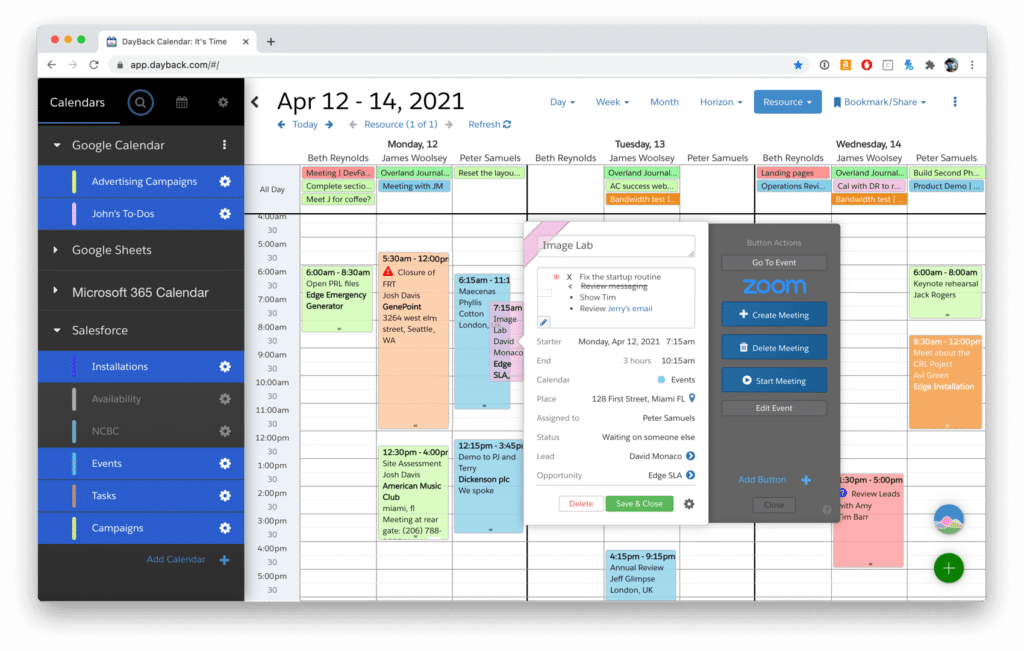
You can build a beautiful calendar display into your FileMaker solution using SimpleCalendar, DayBack, or the Calendar Add-on. Or consider integrating your FileMaker database with your external calendar (Outlook, Google Calendar, etc.). With these integrations in place, you can view your data with any other calendar you work with on the web, desktop, or your mobile phone.
Modernize the user interface
Since FileMaker’s initial versions, the tools for creating a great user interface have evolved dramatically. At a recent Claris Beyond meetup, we celebrated Christmas early with what we called an Ugly Layout Party. Developers brought the “ugliest” layouts they could find. Most of these submissions – still functional – were created in decades-old versions of FileMaker and were ripe for modernization!
The definition of a pleasing user interface has evolved over time as well. In years past, filling the screen with plentiful data might have been considered the go-to approach. But now, for many people, having an interface that is clean and provides the user with exactly what they need to see can make a big difference in satisfaction overall.
Conclusion
I hope this list has been valuable to you and has given you a lot of ideas for how you might modernize your own FileMaker Pro solution.
Please schedule a free consultation with us to discuss these ideas and any thoughts you’ve had about keeping your application robust and relevant. As a Claris Platinum Partner with years of experience working with legacy solutions, we are ready and available to consult with you.
